I have always had a soft spot for Prawle Point, because it has a wild and beautiful seascape. This wildness, had been the cause of many, many shipwrecks (see Prawle Point and Dimitrios) over the ages, and so I have often tramped over its cliffs and costal paths to view the latest shipwreck. Even now you can still see signs of the Dimitrios and the Hey-P at low tide. However, if you come out of the National Trust car park and turn left, you will leave the cliffs and steep paths of Prawle Point behind you and proceed along an altogether flatter and easier coast path towards Langerstone Point. The scenery is quite breathtaking, with wonderful views towards Dartmouth, and besides picking blackberries, there are endless opportunities to clamber onto the rocks to examine the rock pools and watch all the different sea birds at work. If you are lucky you might see a hawk gliding on the thermals before stooping towards its prey. There are usually plenty of cows wandering about, so be mindful of not going to near, especially with dogs.
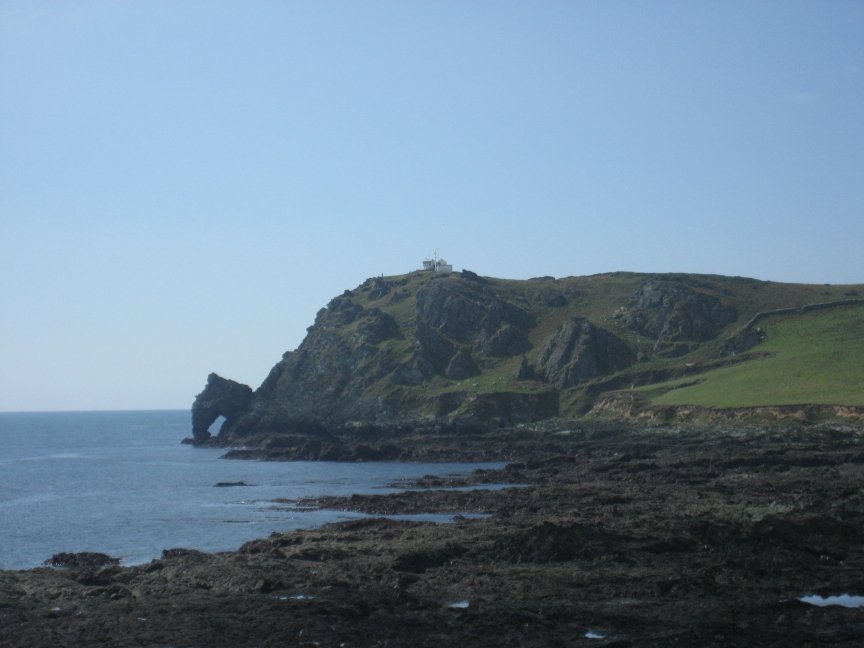
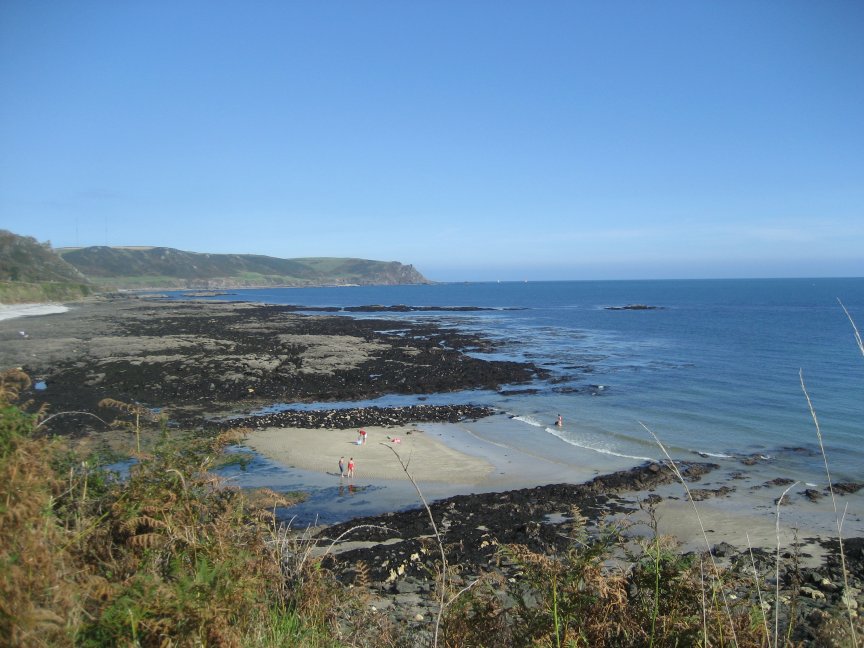
At low tide, lovely stretches of sand appear, to delight young children, and the bathing is safe and calm. It’s hard to believe that in bad weather, all this beauty turns into a death trap, but that’s exactly what happened on 12 March 1978 to the Brixam trawler Yvette. Steaming near Prawle in a big swell the fog suddenly came down and caught the crew on the hop. The radar didn’t work properly and so the skipper was momentarily uncertain of his true position. It doesn’t take long for small mistakes to suddenly become full blown disasters, and soon the Yvette hit the rocks off Langerstone Point. All attempts to get her off failed, and the crew of three had to be rescued by line from a rocket apparatus. The skipper was taken off by helicopter, and the Yvette soon became a total wreck about half a mile east of Landing Cove where some of her remains can still be seen today.
I am gratefull for ‘Mark’ of www.trawlerphotos.co.ukfor suppying these photos of the Yvette.
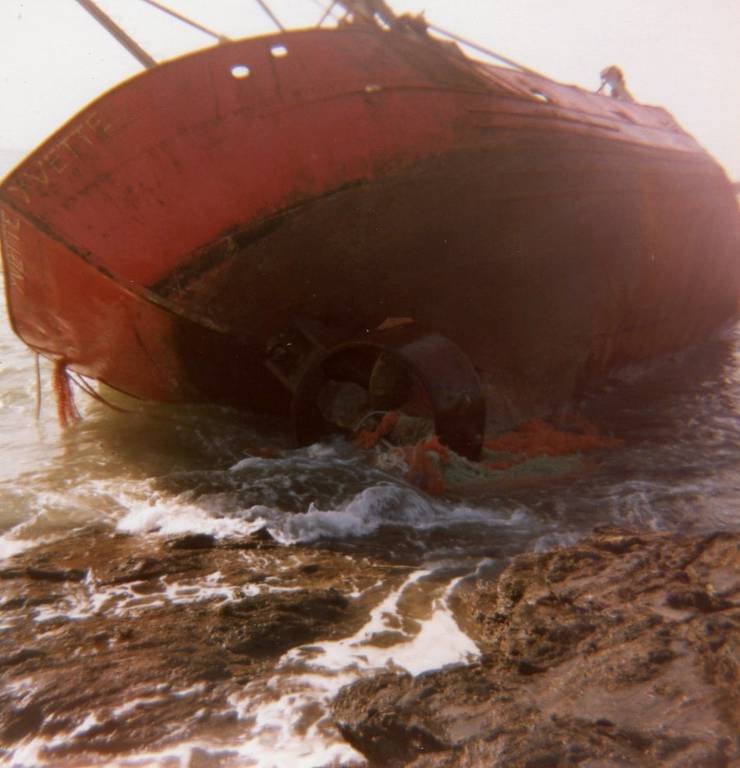
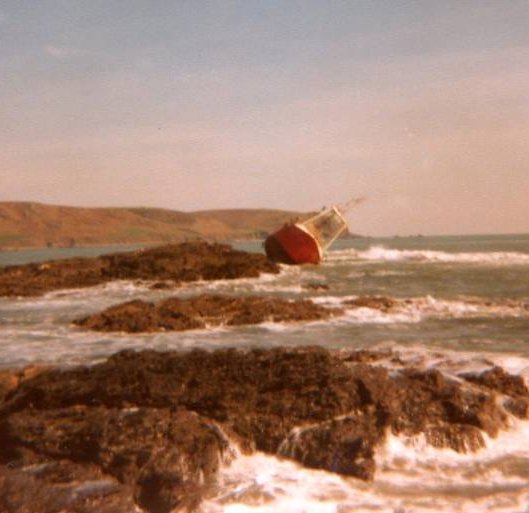
In fact there is quite a lot left , which surprised me, especially as this is such an exposed bit of coastline. The main winch and the stern gantry are easy to see, as well as some of the hull. A bit further away in a gulley are the propeller protector and some more iron plate. If you search around you will find plenty more small bits and pieces, some of which are already crudded into the rock.
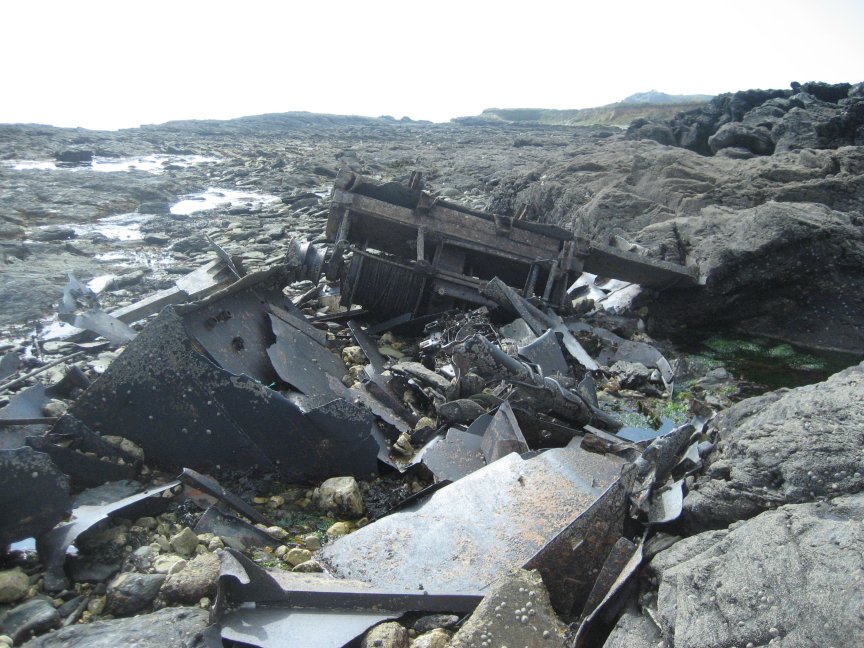
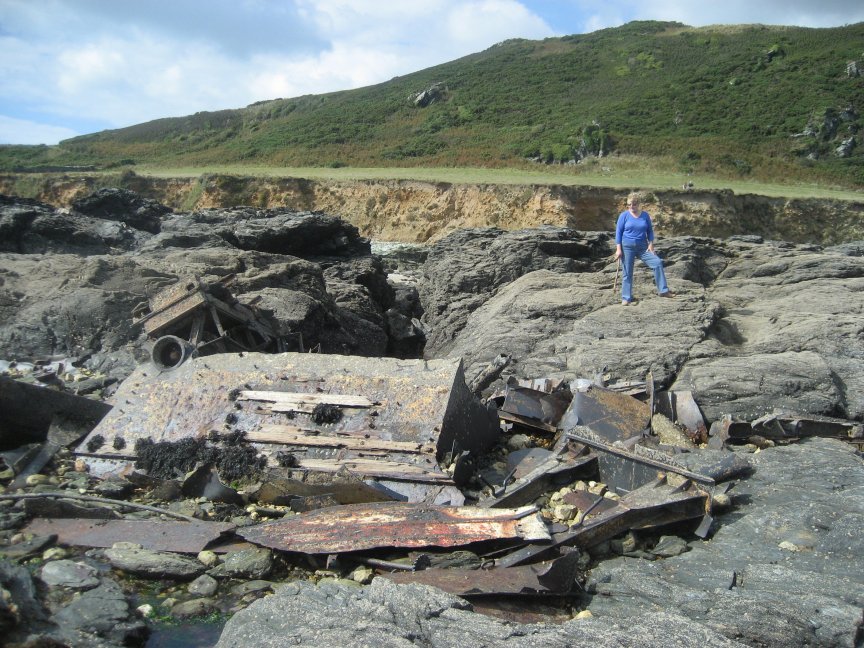
Looking at the Yvettes smashed remains, you realise how small the boat was, and how lucky the crew were to get off alive. It’s a shame some off the Euro bureaucrats and our own Government can’t see this wreck, as it might bring home to them how dangerous the job is. A little more protection of our fishing fleet and less regulation would make their lives a lot easier, and safer.

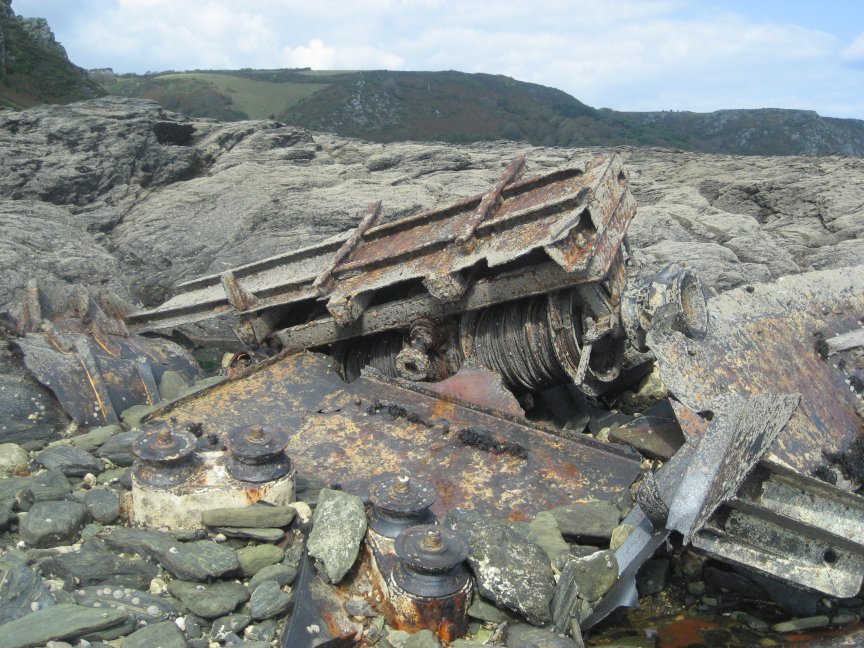

Peter Yohanson Von Barginson says
I own a small power boat in salcombe harbour and I saw the Yvette stranded on the rocks off Prawle and I knew the skipper. My son is a ship broker and a tanker which he was towing to a ship yard in Oslo broke free and was dashed on Prawle. I think that is the most recent wreck. I reccomend the walk along the cliffs up to Prawle on a windy day because it really makes you feel aalive.
trike replacement parts says
Have you ever thought about adding a little bit more than just your articles?
I mean, what you say is fundamental and everything. Nevertheless just imagine if you added some great images or video
clips to give your posts more, “pop”! Your content is excellent but with images and videos, this website
could undeniably be one of the most beneficial in its niche.
Awesome blog!
alex says
Is a good travel… Very nice!!